Introduction to Pipe Stands
In various industrial and construction settings, ensuring the right tools are used during assembly and maintenance can significantly affect overall productivity and safety. A core component in this toolkit is pipe stands. These items offer critical support for pipes during processes like welding, cutting, and alignment. The utility of pipe stands cannot be overstated, especially as the demand for efficient work environments rises.
What Are Pipe Stands?
Pipe stands are specialized tools designed to support pipes at various heights, providing a stable platform during operations that require hands-on manipulation of materials. They come in various designs and capacities, with some being adjustable and others specifically meant for certain pipe sizes or weights. Their function is pivotal in industries such as plumbing, construction, and welding, where accurately positioned pipes are essential for successful operations.
Importance of Using Pipe Stands
Using pipe stands is essential for enhancing safety and productivity in tasks involving heavy pipes. Without proper support, handling pipes can lead to accidents or misalignment that may compromise the integrity of the work. Here are several reasons why appropriate pipe stands are critical:
- Enhancing Safety: Properly positioned stands minimize the risk of pipes tipping or rolling, which can cause injuries to workers.
- Improving Efficiency: By stabilizing pipes, workers can perform tasks with both hands, allowing for more proficient handling of tools and materials.
- Supporting Precision: Accurate positioning of pipes is crucial during assembly and welding, helping to ensure that joins and connections are correctly aligned.
Overview of Pipe Stand Types
Pipe stands generally fall into several categories, differentiated by their features, weight capacities, and intended applications. Understanding these types can help users select the most suitable option for their specific tasks:
- Fixed Pipe Stands: These provide a permanent support option but lack adjustability, making them suitable only for specific tasks.
- Adjustable Pipe Stands: These are designed to cater to a range of pipe sizes and can be raised or lowered based on the needs of the project.
- Pipe Jacks: Often used in conjunction with other stands, these offer robust vertical support and can handle heavier loads.
Key Features of Quality Pipe Stands
Weight Capacity and Stability
One of the primary considerations when selecting a pipe stand is its weight capacity. Heavy-duty stands can support a significant amount of weight, making them essential for industrial applications where pipes can be very heavy. Users must always check the weight specifications of pipe stands to ensure that they can handle the load without compromising safety. Stability is also crucial; stands should have a wide base and be constructed with high-quality materials that minimize wobbling or tipping.
Material and Durability Considerations
The materials used to construct pipe stands determine their durability and longevity. Common materials include:
- Steel: Known for its strength and resistance to corrosion, steel is a preferred choice for heavy-duty pipe supports.
- Aluminum: Lightweight and resistant to rust, aluminum stands are ideal for portable applications but may not have the same weight capacities as steel.
- Composite Materials: These can offer a balance of weight and strength, providing good durability while being more lightweight than steel.
Adjustability and Design Options
Adjustability is a key feature of many pipe stands, allowing users to customize the height of the stand to suit the specific needs of their projects. Some models may even feature integrated rollers for easier movement of pipes into position. When selecting a pipe stand, consider the following:
- Height Range: Ensure the stand can be adjusted to the required heights for your tasks.
- Design Compatibility: Look for stands that interface well with the pipes being used, accommodating various diameters and weights.
- Portability: If the stand will be used on multiple job sites, consider models that are lightweight and easy to transport.
Choosing the Right Pipe Stand for Your Needs
Factors to Consider When Selecting
Choosing the right pipe stand requires careful consideration of multiple factors:
- Pipe Size and Weight: Understand the specifications of the pipes you will be working with, as this will dictate the necessary weight capacity and size of the stand.
- Type of Work: The nature of your tasks, whether welding, cutting, or assembly, may require different stand features.
- Job Site Conditions: Assess the environment where the stand will be used; for instance, if working on uneven surfaces, a stand with a larger base may provide better stability.
Comparing Different Brands and Models
When comparing pipe stands, consider reputable brands recognized for manufacturing durable and reliable products. Look for consumer reviews and expert recommendations to gauge performance and user satisfaction. Key brands in the market often include Sumner, Ridgid, and B&B, each offering a range of options tailored to various professional needs.
Common Applications for Pipe Stands
Pipe stands are versatile tools employed across various industries. Common applications include:
- Welding: Providing a stable foundation for pipes during the welding process increases precision and safety.
- Plumbing: Allows plumbers to position pipes securely while making connections or adjustments.
- Construction: Used in constructing frameworks for buildings or infrastructure, facilitating better alignment and support.
Best Practices for Using Pipe Stands
Setup Tips for Safety and Efficiency
Maximize the effectiveness of pipe stands by following best practices during setup:
- Check Stability: Ensure all stands are on a level surface and properly locked into position before placing heavy pipes.
- Distribute Weight Evenly: Avoid concentrating weight on one side, which can lead to instability and accidents.
- Use Additional Supports if Necessary: For longer or heavier pipes, using multiple stands can enhance stability and ease of handling.
Regular Maintenance for Longevity
To ensure maximum lifespan and functionality of pipe stands, regular maintenance is essential. This includes:
- Visual Inspections: Frequently check for signs of wear, rust, or deformation.
- Cleaning: Remove debris and grease buildup to prevent slippage when working.
- Lubrication of Moving Parts: If present, lubricant helps keep adjustable features operating smoothly.
Common Mistakes to Avoid
While using pipe stands can enhance productivity, there are mistakes users often make that can lead to safety risks:
- Neglecting Weight Limits: Always adhere to the manufacturer’s weight ratings to prevent equipment failure.
- Improper Height Adjustment: Ensure stands are adjusted correctly to avoid instability.
- Ignoring the Environment: Always assess the surface conditions before establishing the stands; uneven or unstable surfaces can lead to accidents.
Conclusion and Recommendations
Summary of Key Takeaways
Pipe stands are indispensable tools in various industries, vital for maintaining safety, efficiency, and precision in handling pipes. Understanding their types, features, and proper usage can greatly enhance operational effectiveness. Key points to remember include:
- Select stands based on weight capacity and pipe size.
- Implement best practices for setup and maintenance to ensure longevity.
- Avoid common pitfalls such as exceeding weight limits and neglecting environmental assessments.
Recommended Models for Various Applications
While many models are available, some stand out for their unique performance in specific applications:
- Sumner Pipe Jack Stands: Known for their robust construction and wide height range, they are ideal for heavy-duty applications.
- Ridgid Pipe Vises and Stands: These are excellent for plumbing tasks, providing solid support for various pipe sizes.
- B&B Pipe Stands: These combine portability with durability, making them perfect for construction settings where ease of movement is required.
Final Thoughts on Safety and Performance
Investing in high-quality pipe stands not only enhances productivity but also assures the safety of those operating in potentially hazardous environments. Therefore, it is imperative for users to be educated on the tools they use and adhere to safety protocols. By taking informed steps in selecting and maintaining their equipment, professionals can enhance their work performance significantly.
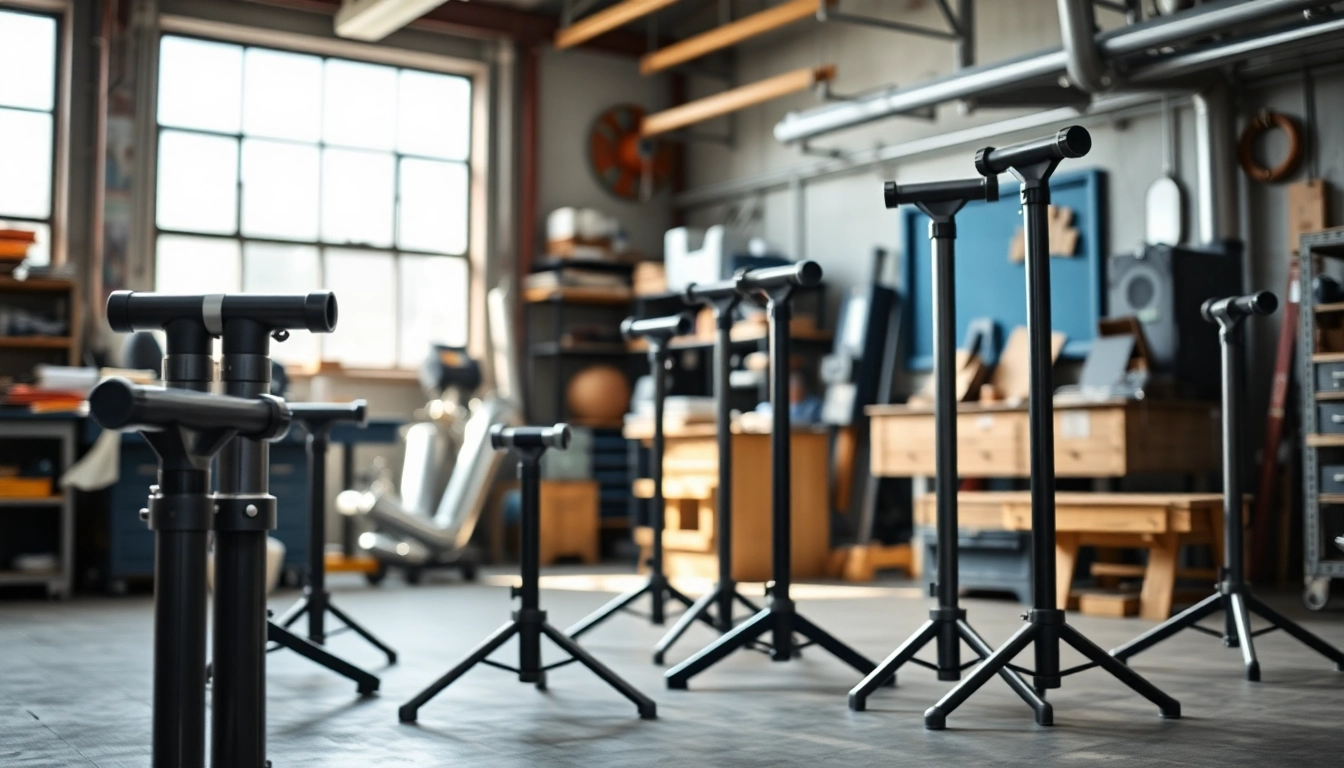
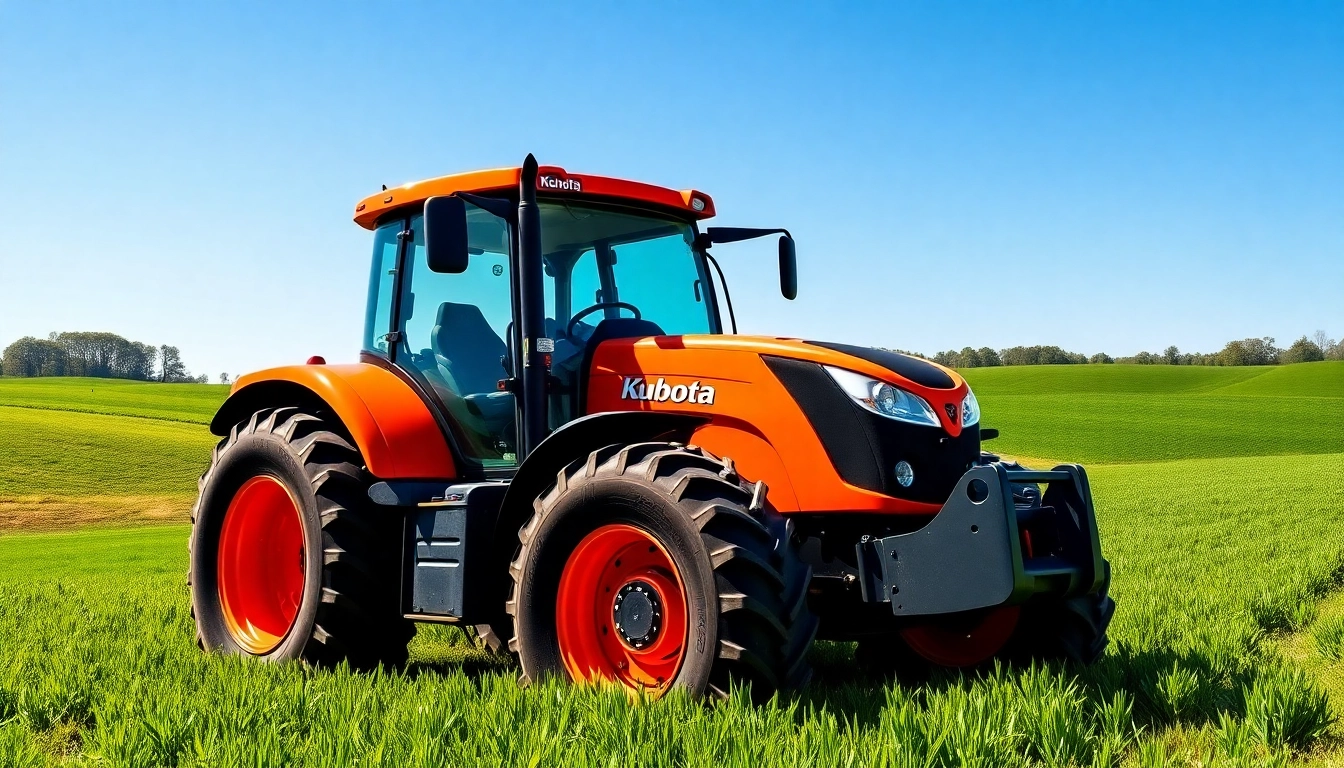



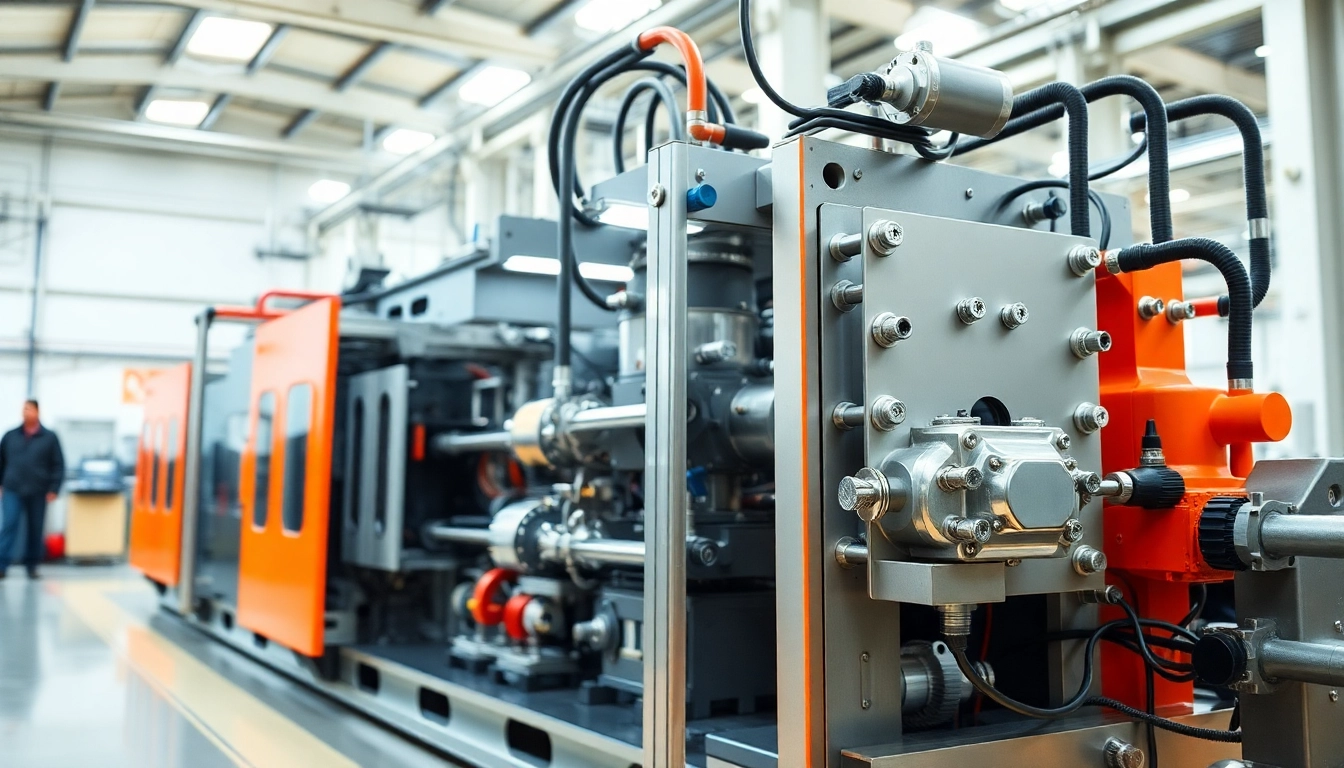
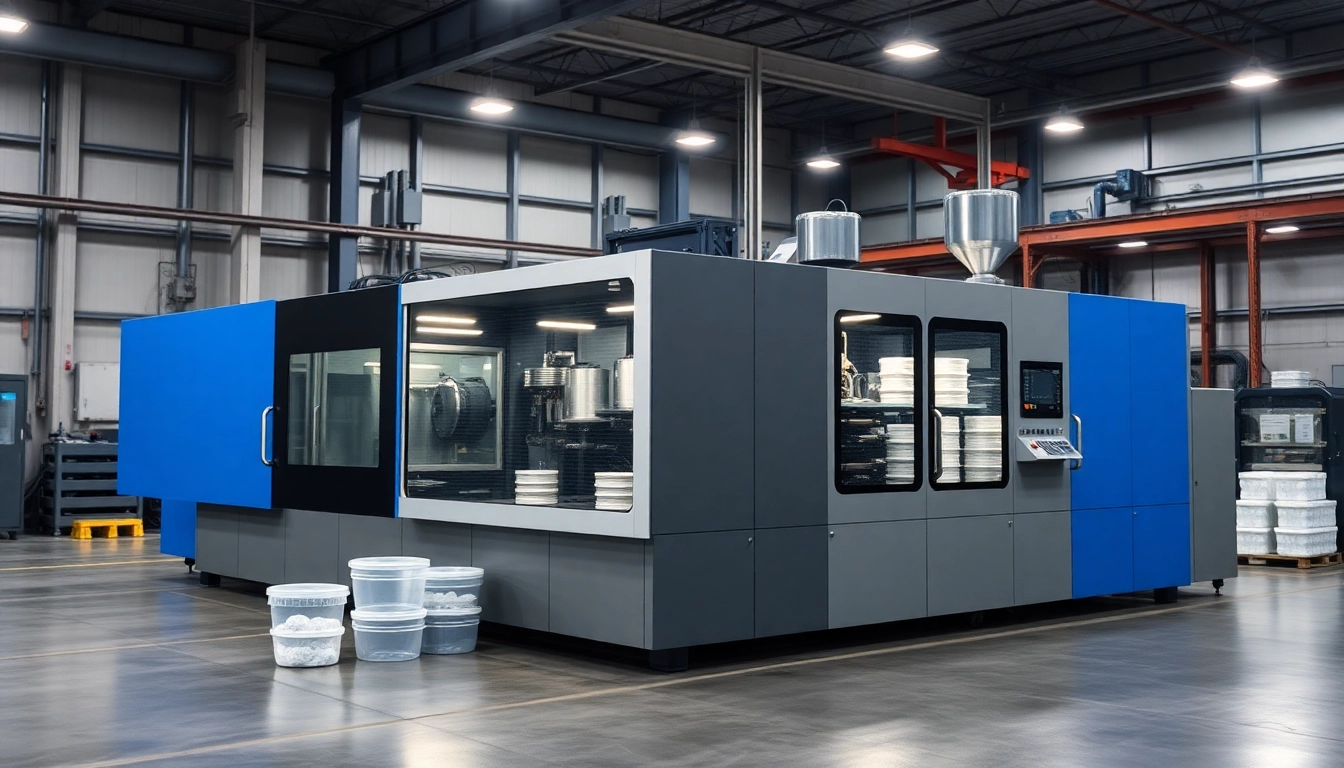

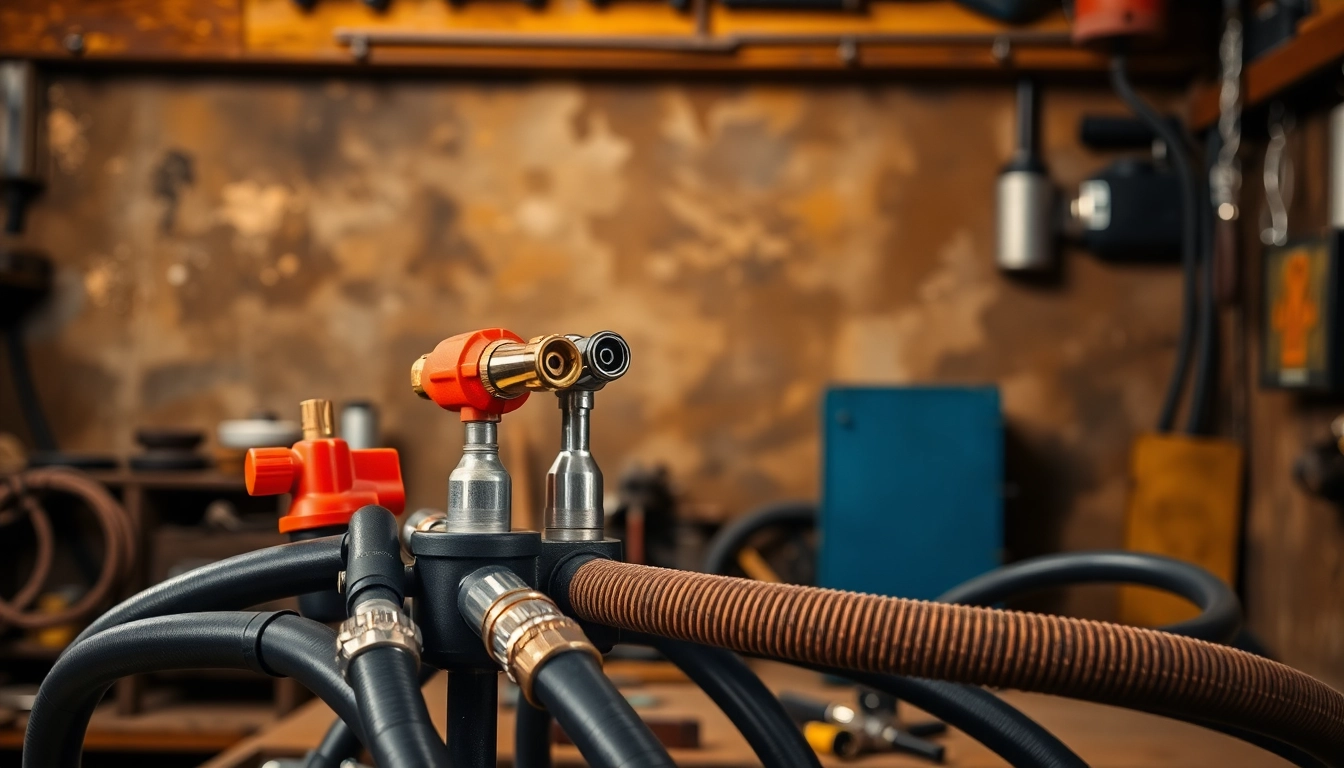
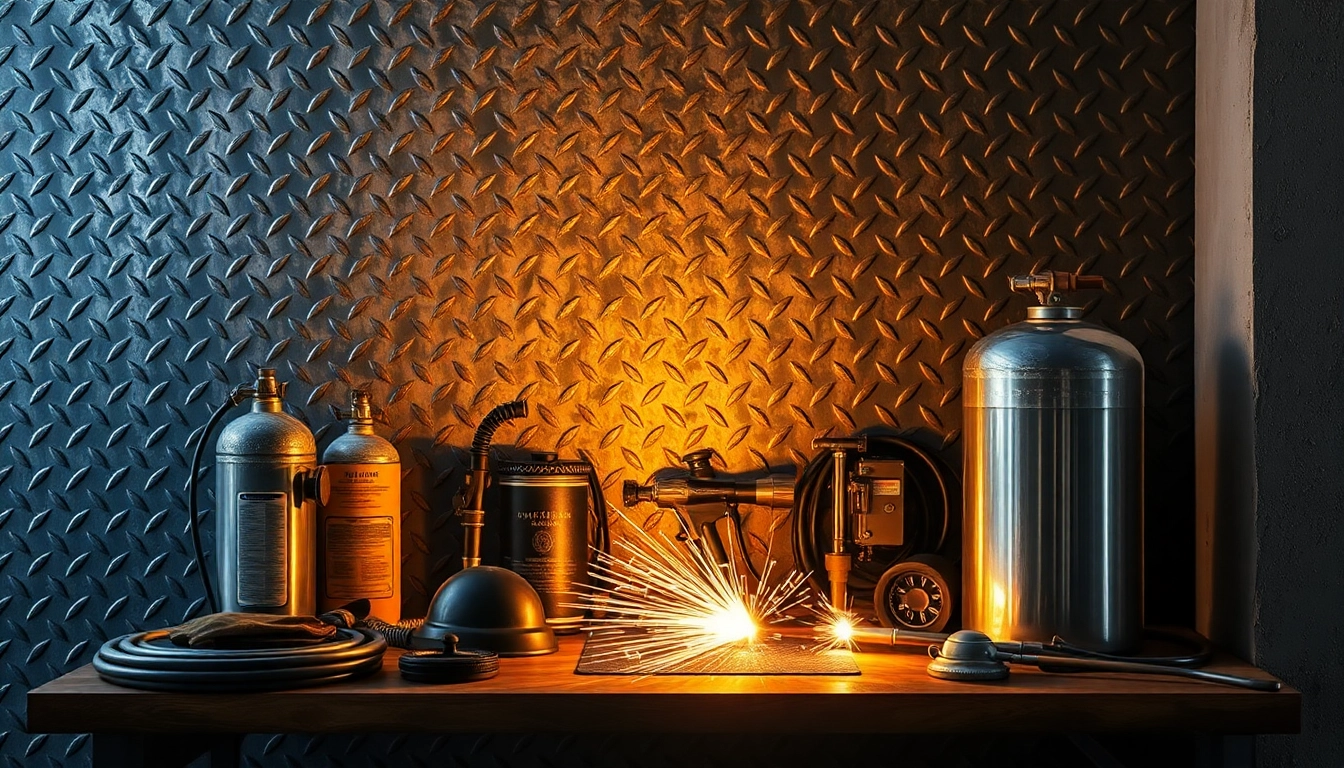




Leave a Reply